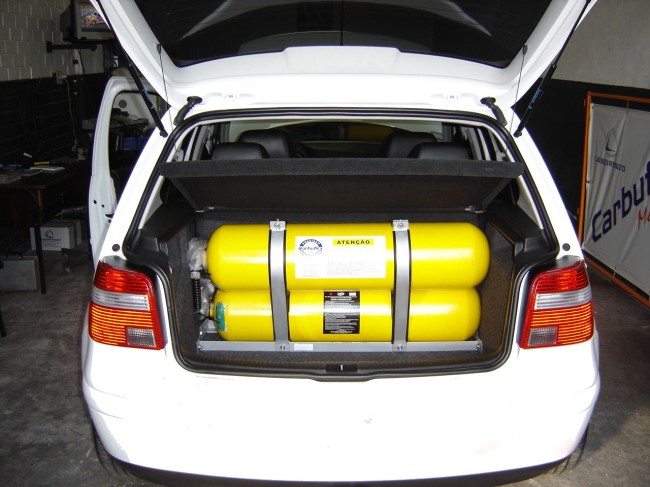This Week in thenaturalgas ALTERNATIVE…
To start off the week we posted about the new science of the Heat Capture System. This technique allows us to attain nearly double the production in power generation from natural gas using the same quantity of gas.
The Heat Capture System funnels the intense heat generated from the combustion of natural gas into a heat transfer system which reacts with water. When this reaction occurs, the water boils and then becomes steam, the steam in turn is used to power a secondary generator and thus nearly double the power is generated from the same amount of natural gas.
We followed up this blog post with a post about Casella Waste Systems, a company who is helping create plants that are capable of processing out the harmful chemicals and radioactive materials that are brought to the surface after fraccing occurs.
This is a very significant topic in the natural gas industry because one of the leading causes of resistance to the shift towards natural gas is the negative reparations of fraccing. If the waste from this extraction method can be easily processed through plants like those being built by Casella, then the transition from oil and coal to natural gas will likely become a much more popular option.
The blog proceeded with a post about the use of natural gas as a surface fuel for vehicles. This post really highlights the reasons as to why using CNG is a very popular choice for vehicle fuel of the future.
The preceding post for thenaturalgas ALTERNATIVE is about Australia being the new frontier for natural gas exploration. Australia has an abundance of attractive traits for natural gas exploration such as a large amount of reserves, proven off-land reserves, a relatively near by energy hungry market (Asia), and drilling permits which have already been allotted to exploration companies. Australia is likely to be one of the larger natural gas producers in the future and thus is a popular area for natural gas exploration.
The final blog post of the week is about the investment opportunities in the natural gas industry. As discussed throughout our blog, the natural gas industry is on the rise and thus is a potentially very good area for individuals to put their money. This post gives examples of different areas that can be invested in throughout the industry, as well as a few examples of companies who are big players in their respective areas of the market.




